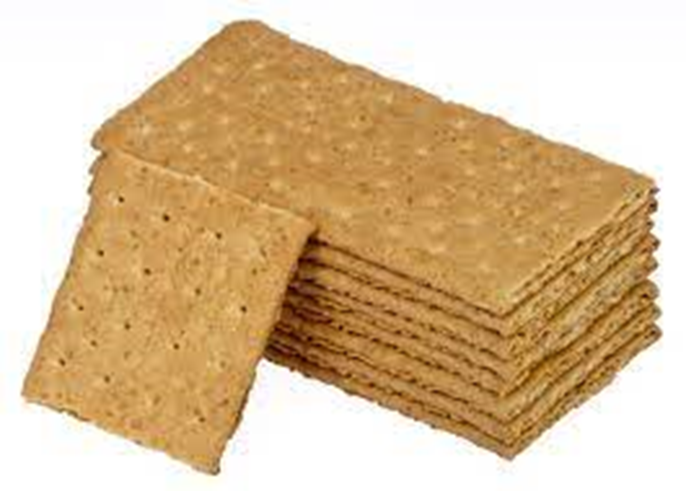A nurse is planning eating strategies with a client who has nausea from equilibrium imbalance. Which of the following strategies should the nurse recommend?
Serve hot foods at mealtime.
Provide low-fat carbohydrates with meals.
Encourage the client to eat even if nauseated.
Limit fluid intake between meals.
The Correct Answer is B
Choice B reason: Providing low-fat carbohydrates with meals can help reduce nausea and vomiting in clients who have equilibrium imbalance. Low-fat carbohydrates are easy to digest and can provide energy and prevent hypoglycemia. Examples of low-fat carbohydrates are crackers, toast, rice, and noodles.
Choice A reason: Serving hot foods at mealtime is not a good strategy for clients who have nausea from equilibrium imbalance. Hot foods can have strong odors and flavors that can trigger nausea and vomiting. Cold or room-temperature foods are more tolerable and less stimulating for the senses.
Choice C reason: Encouraging the client to eat even if nauseated is not a helpful strategy for clients who have nausea from equilibrium imbalance. Forcing the client to eat can worsen nausea and vomiting and cause discomfort and distress. The nurse should respect the client's preferences and appetite and offer small, frequent meals and snacks.
Choice D reason: Limiting fluid intake between meals is not a necessary strategy for clients who have nausea from equilibrium imbalance. Fluid intake is important to prevent dehydration and electrolyte imbalance, which can occur due to vomiting. The nurse should encourage the client to drink fluids between meals, but avoid drinking fluids with meals, as this can cause bloating and fullness.
Nursing Test Bank
Naxlex Comprehensive Predictor Exams
Related Questions
Correct Answer is B
Explanation
Choice A reason: Ground beef is high in saturated fat and cholesterol, which can increase the risk of gallstones. A client with cholecystitis should avoid fatty, greasy, or fried foods; meats; and cheeses.
Choice B reason: Graham crackers are low in fat and high in fiber, which can help prevent gallstones. A client with cholecystitis should eat more foods that are high in fiber, such as fruits, vegetables, beans, and whole grains.
Choice C reason: Blueberry muffins may contain butter, eggs, or milk, which are sources of saturated fat and cholesterol. A client with cholecystitis should eat fewer refined carbohydrates and less sugar.
Choice D reason: 2% milk is a dairy product that contains saturated fat and cholesterol. A client with cholecystitis should eat healthy fats, like fish oil and olive oil, to help the gallbladder contract and empty on a regular basis.

Correct Answer is A
Explanation
Choice A reason: Prealbumin is a protein that is synthesized by the liver and reflects the current nutritional status of the client. It has a short half-life of 2 to 3 days, which makes it a sensitive indicator of changes in protein intake. Prealbumin levels are decreased in clients who are malnourished or have inflammation, infection, or liver disease. The nurse should monitor the prealbumin levels of the client who is receiving total parenteral nutrition to ensure that they are within the normal range of 15 to 36 mg/dL.
Choice B reason: Folic acid is a water-soluble vitamin that is involved in DNA synthesis, cell division, and red blood cell production. Folic acid levels are decreased in clients who have malabsorption, alcoholism, or certain medications, such as methotrexate or phenytoin. The nurse should assess the folic acid levels of the client who is receiving total parenteral nutrition, but it is not the priority test to confirm adequate nutrition.
Choice C reason: Magnesium is a mineral that is involved in many enzymatic reactions, muscle contraction, nerve transmission, and bone formation. Magnesium levels are decreased in clients who have malnutrition, diarrhea, vomiting, or diuretic use. The nurse should evaluate the magnesium levels of the client who is receiving total parenteral nutrition, but it is not the priority test to confirm adequate nutrition.
Choice D reason: Transferrin is a protein that transports iron in the blood and reflects the iron stores of the client. Transferrin levels are decreased in clients who have iron deficiency anemia, chronic disease, or liver disease. The nurse should check the transferrin levels of the client who is receiving total parenteral nutrition, but it is not the priority test to confirm adequate nutrition.

Whether you are a student looking to ace your exams or a practicing nurse seeking to enhance your expertise , our nursing education contents will empower you with the confidence and competence to make a difference in the lives of patients and become a respected leader in the healthcare field.
Visit Naxlex, invest in your future and unlock endless possibilities with our unparalleled nursing education contents today
Report Wrong Answer on the Current Question
Do you disagree with the answer? If yes, what is your expected answer? Explain.
Kindly be descriptive with the issue you are facing.
